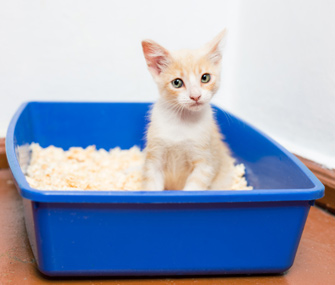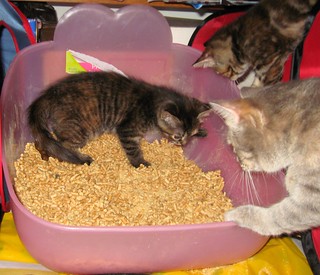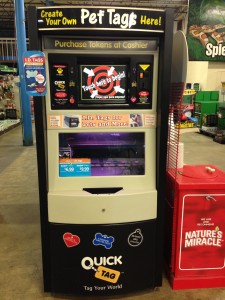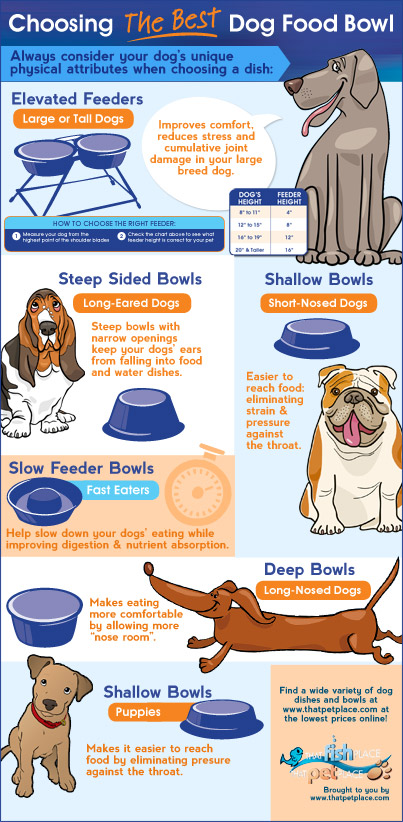 Crate training can be a challenge for many pet parents. The first thing I often hear is that they feel bad leaving them in a crate while they are away instead of letting them have a place to roam and sleep on the couch. Crate training doesn’t have to be a negative thing, in fact, it should be your pet’s favorite place to be… that is if you’ve done your crate training the right way. This is the first of a series of posts about crate training, so lets start with the simplest question to answer: why should I crate train my puppy? P.S. if you can’t wait for the rest of the series of articles, I’ve written a comprehensive guide on crate training available on thatpetplace.com.
Crate training can be a challenge for many pet parents. The first thing I often hear is that they feel bad leaving them in a crate while they are away instead of letting them have a place to roam and sleep on the couch. Crate training doesn’t have to be a negative thing, in fact, it should be your pet’s favorite place to be… that is if you’ve done your crate training the right way. This is the first of a series of posts about crate training, so lets start with the simplest question to answer: why should I crate train my puppy? P.S. if you can’t wait for the rest of the series of articles, I’ve written a comprehensive guide on crate training available on thatpetplace.com.
Does my dog need a crate?
Lets go back to a time before dogs evolved into, well, domesticated dogs. Wild dogs, foxes and wolves all have a den in the wild. They are all relatives and in the wild have many of the same behaviors. A den acts as a dog’s safe haven. It is a place to retreat to when they are frightened, feel threatened, where they go to eat, and where they raise their young.
In your home your pet’s crate becomes their den. If you follow the right steps the crate becomes your pet’s safe haven, retreat and home within their home. Scared of thunderstorms? Lay in the crate and feel comforted. Too busy in the house with guests? Retreat to the crate for some rest and relaxation. Fearful that your sister is going to steal your bone? Take it into your crate and feel safe. You can see where I am going, right?
Read More »
 That Pet Blog That Pet Place Pet Blog
That Pet Blog That Pet Place Pet Blog




 Kittens are cute. It is an undeniable fact that the little balls of soft fur that are clumsy in their own kittenish way are probably one of the cutest animals on the planet. When you bring the kitten home, you may be thinking that there is nothing to know about raising cats as they are often portrayed as being pretty self-reliant.
Kittens are cute. It is an undeniable fact that the little balls of soft fur that are clumsy in their own kittenish way are probably one of the cutest animals on the planet. When you bring the kitten home, you may be thinking that there is nothing to know about raising cats as they are often portrayed as being pretty self-reliant.


 ID Tags and Collars
ID Tags and Collars
